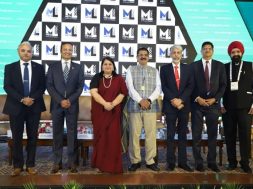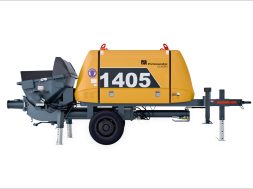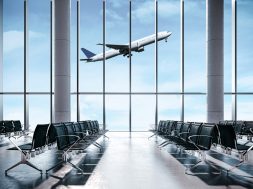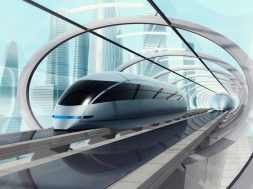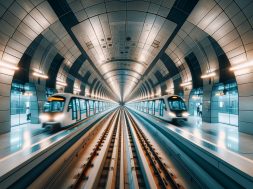India’s Steel Industry thrives amid Global challenges
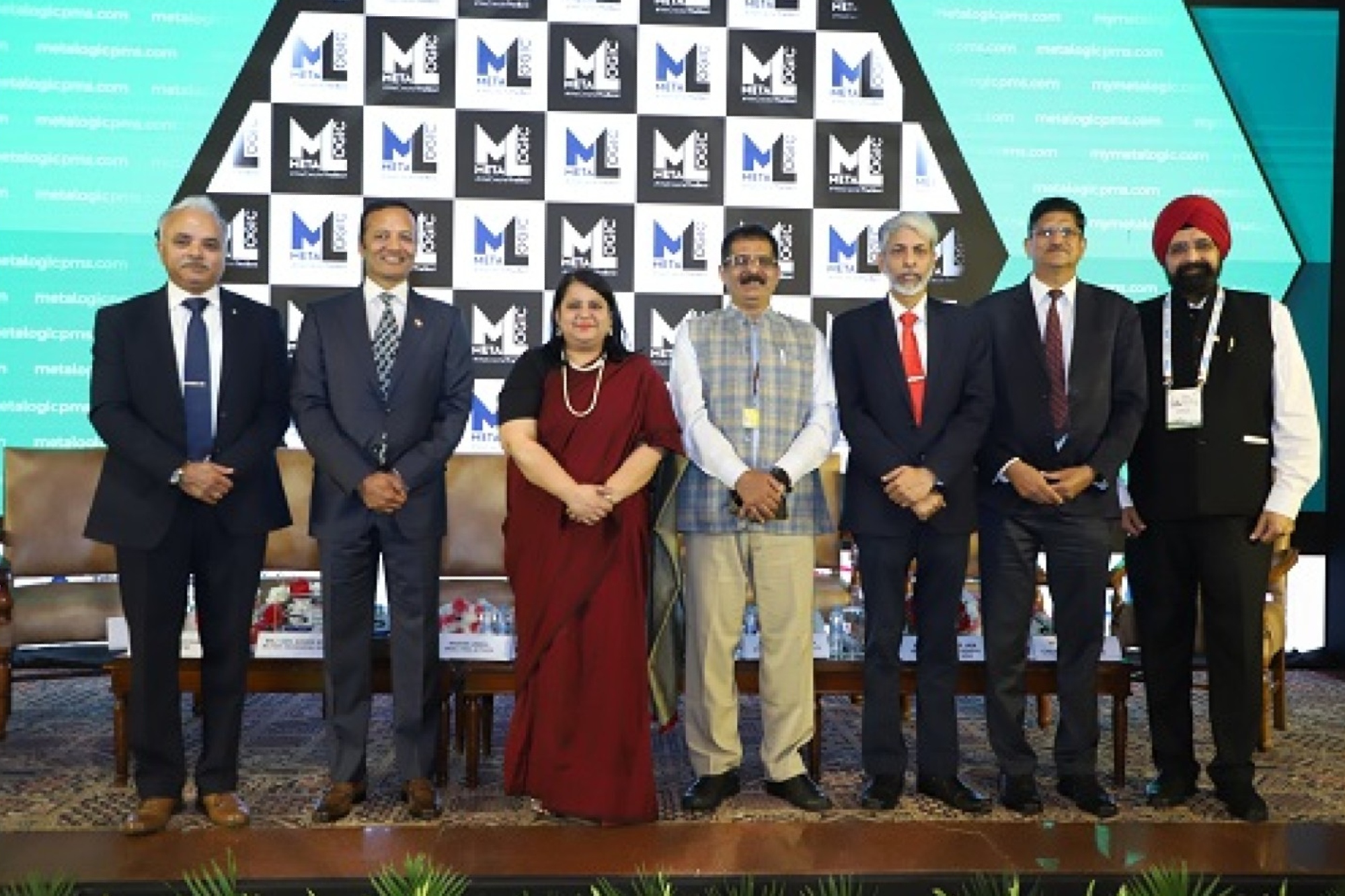
India’s steel industry has grown at a strong rate of about 8 percent in the previous few years, despite global challenges.
This industry’s strong success was attained despite the construction, infrastructure, automotive, engineering, and defence sectors’ considerable demand generation. The government’s investment in these numerous infrastructure projects has enabled India to grow and maintain its position as the world’s second-largest producer of steel.
During a Metalogic PMS-hosted seminar, Jyotiraditya Scindia addressed the expansion of the steel industry in a video message: “The steel industry has been one of the bulwarks of India’s rapid infrastructure development. And with the Indian government targeting a $5 trillion economy by the coming years, this is one industry whose fortunes look bright indeed, despite the recent turbulence due to the COVID-19 pandemic.”
The minister also urged industrial players to show maximum participation in infra-development projects. “As we embark on various mass transit projects, including high-speed rails and integrated bus tents, I would also like to urge all industry players to explore diverse participation models, such as public-private partnerships, and foster collaboration between the public and private sectors. We can unlock synergies and expedite the implementation of transformative infrastructure projects,” he says.
“As we chart a course towards a brighter and more resilient future, let us remain steadfast in our commitment to harness the full potential of steel to build a nation that is prosperous, inclusive, and sustainable,” he concluded.
“Whichever country has built the infrastructure it has built from its steel, one cannot import steel and build its infrastructure, which the Indian government realises,” mentioned Naveen Jindal, Chairman of JSPL, who also lightened the conference with his presence. He emphasised the recycling of steel byproducts like slag, which can be used as a replacement for fertilisers or for road construction, which will help in the reduction of CO2 emissions. He also urged the industry to produce more and more green steel and use it in infrastructure.”
Over the past four years, there has been a steady annual growth rate of 4.5 percent in the use of steel in the building, construction, and infrastructure sectors. It is expected that these favourable trends will continue shortly, with demand growth in the building and construction sectors forecast to be 7-8 percent and in the infrastructure sector 8–10 percent until FY 2025.
“There is a need to pick up the pace of steel consumption in infrastructure to become a developed country without compromising on quality,” said Sh. Amarendu Prakash, CMD SAIL. He further added that engineering architects should also have proper knowledge, which helps in demand generation and can be provided by including the syllabus in academia.
Programmes like the Housing for All initiative and the PM Awas Yojana have helped to bolster the demand for steel in recent years. Domestic steel consumption will also rise as a result of this year’s fiscal budget, which calls for ₹ 11 trillion in capital expenditures—11.1 percent more than the previous year.
India’s transport infrastructure has achieved a significant milestone with the addition of more freight corridors, which has also shortened travel times. Dedicated freight lanes have used about 18 million metric tonnes of steel since 2020.
“DFC is the most important project for Indian Railways, whose estimated cost is approx. ₹ 1.25 lakh crore.,” mentioned Ravindra Kumar Jain, MD, Dedicated Freight Corridors Corporation of India Limited.
Speaking of the steel demand, Sh. Ravindra Kumar stated that DFC is prepared to provide all assistance possible for the transportation of steel. He went on to say that Indian Railways has large investment plans to add 40,000 track km in the next five years, which is capable of producing 9.60 lakh metric tonnes of rail, 1.4 lakh metric tonnes of structural steel, and 12 lakh metric tonnes of reinforcement steel.
The 401 km Eastern Dedicated Freight Corridor (EDFC) and the 244 km Western Dedicated Freight Corridor (WDFC), built at a total cost of. $ 252.22 billion, were recently inaugurated by Honourable Prime Minister Shri Modi. These projects have helped the industry by reducing logistics costs while simultaneously utilising significant amounts of steel and cement.
Cookie Consent
We use cookies to personalize your experience. By continuing to visit this website you agree to our Terms & Conditions, Privacy Policy and Cookie Policy.
